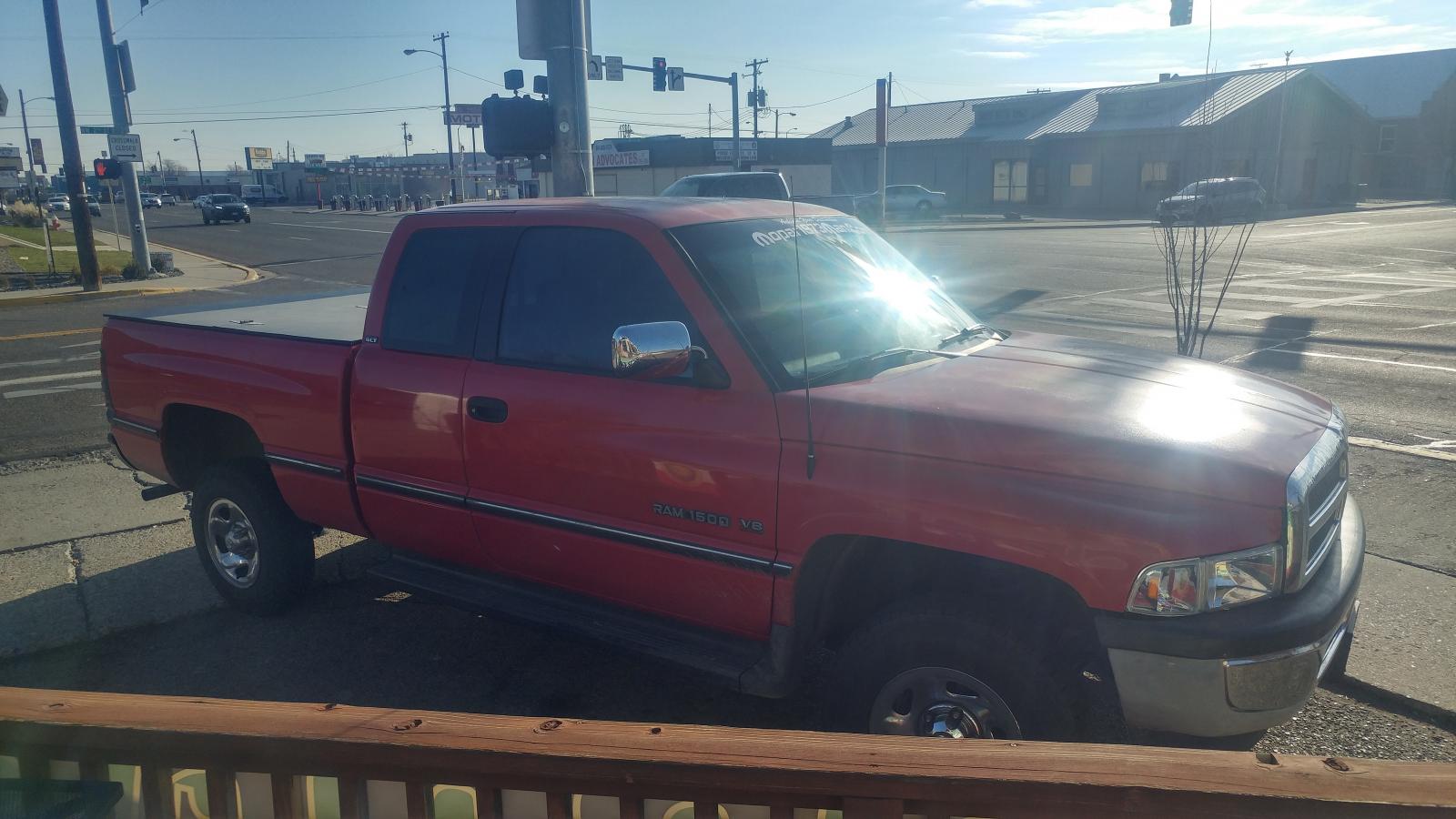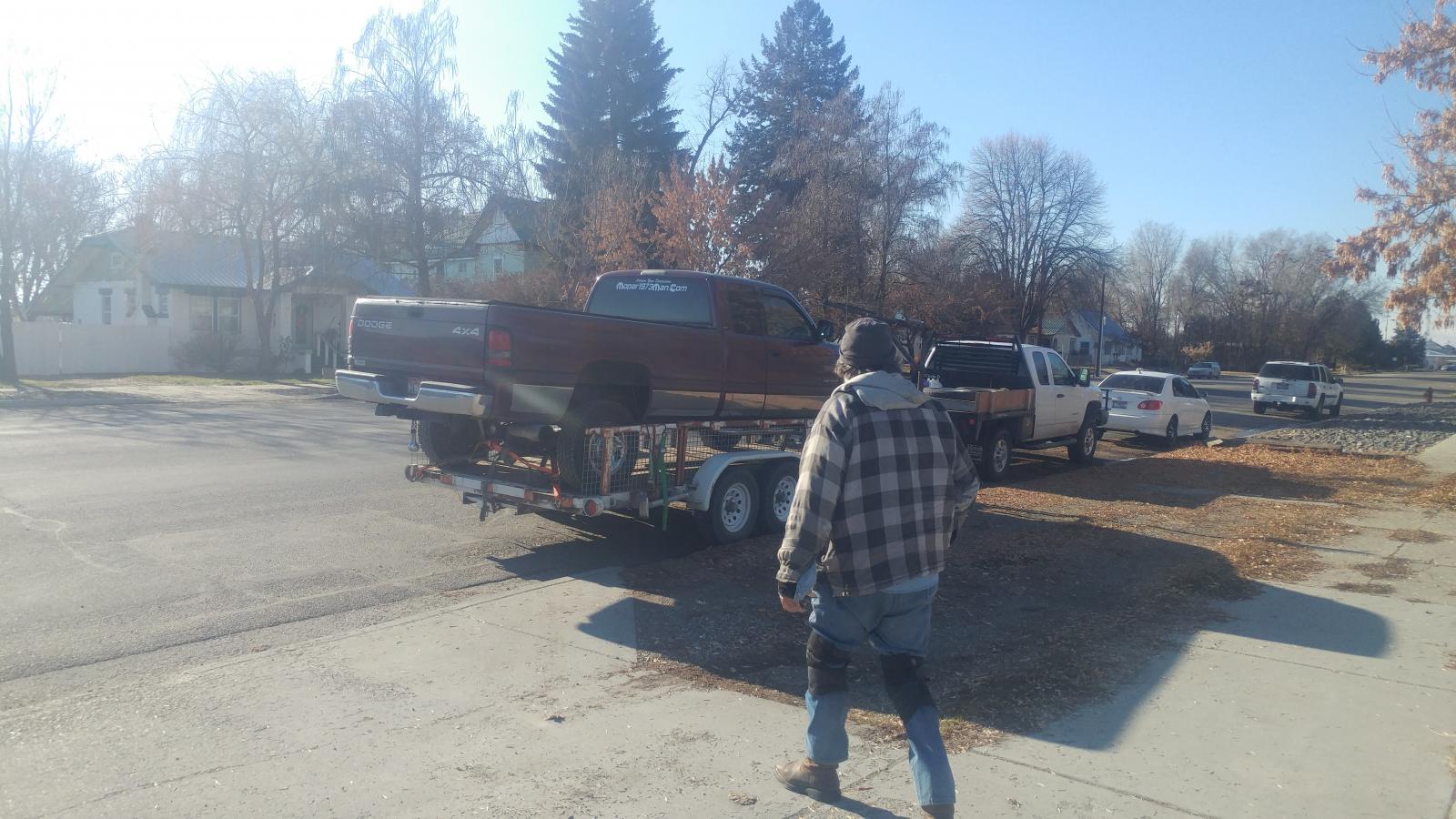
Everything posted by Mopar1973Man
-
2001 No MAP Sensor after Quadzilla Installation
All wires should be 0 ohms. A max of 5 ohms. Anything past 5 ohms calls for repair of that wire.
-
Extended crank to start
Just what @pepsi71ocean did was send in his +100 HP injectors and had them re-popped above stock and now cleaned up all his extra smoke and still starting good. I think there is a variable for altitude here that might change some of this.
-
Cummins grill emblem.
Good question. I'm sure someone around here might know like @TFaoro might..
-
Extended crank to start
@pepsi71ocean only had 28k and he was below 280 bar. My first set of SAC 7 x 0.0085 injectors where under 280 bar within 7k miles. They do settle sometimes creating these issues. Like my current 7 x 0.008 VCO are somewhere around 80k miles and getting too low in the pop pressure.
-
Liftpump upgrade
All the old fuel system has to be removed. The pump in the tank and all the fuel lines which are too small. The FASS, AirDog or even the mechanical pumps upgrade all the plumbing to full 1/2" plumbing. You'll end up putting a draw straw in the tank. Running all brand new 1/2" fuel hose and fittings. I highly suggest you keep your factory fuel filter. Double filtering is a bonus.
-
Extended crank to start
Either air in the fuel or bad injector pop pressure (too low). If the injector pop pressure is too low the spray droplets get too big and the fuel doesn't ignite easily which creates a lopey idle typically. I would say it time to look at injector pop pressure and verify you have no air in the fuel.
-
Speedometer reads double
All speed sensor wiring must be twisted pair. There have to be a particular number of twist per foot for shielding reasons.
-
Speedometer reads double
That's because when you do shut down or even key off and back on while rolling resets the ABS module in flight. If there is an error or issue the key off and on again will cause the ABS module to reboot into the network again. Another thought is excessive AC noise can and will affect the reporting nature of the ABS modules speed sensors.
-
Dead pedal/Alternator test
Master ground for the big 3 computers (PCM, ECM, and VP44) is the passenger side battery cable. As for W-T that would drop the AC noise for sure. As for the APPS sensor just monitor the value for sudden drops when it acts up or sudden 100%. Either way it will trip a P0121, P0122 or P0123 codes. The only other device that will dead pedal is the VP44. Again this needs the W-T ground mod for protection.
-
Speedometer reads double
ABS module. PCM doesn't control speed data. The only thing PCM is doing is starting the CCD network. The PCM gets the CCD network going and ABS module calls out on the network its speed data. The PCM receives the data for transmission and cruise control. The ECM receives the data as well for controlling the grid heater cancel at 25 MPH. The gauge cluster receives the data as well for displaying speed.
-
Speedometer reads double
You need to return the front sensor where they belong. Then you most likely need to send the ABS module in to be rebuilt. Basically, the ABS module is a frequency counter. It measures the pulses per second and displays the speed on the speedometer. There is an issue with the rear sensor for sure being you got the 2 front tied to the rear sensor which is most likely fouling the ABS module ability to count frequency. Module Master is $130 for the rebuild and has 5-year warranty. I've had my module rebuilt by them and excellent people.
-
Gremlin overload!
Man, that is the way to go. Lowest voltage drop for the run to the starter.
-
Gremlin overload!
I would get the copper lugs and solder on new copper lugs and use the military style battery terminals. The other problem most people don't hook up battery cable correctly. You need a terminal spreader and make sure the terminal goes all the way to the battery case. Then lightly snug it up. Most people barely get the terminal on the tip of the post and then crank down the nut, crushing the lead like it going to help hold the terminal to the tip of the battery post. Another way if you don't have a terminal spreader. You can use a rubber mallet and a socket and gently beat the terminal down on the post in a pinch. Be careful its possible to break the battery post from the plates inside beating on a battery. I know this is not a suggested method but for "in a pinch" mode you can do it.
-
Potential New Truck With 47re Problems
Try dropping the pan and changing the filter and fluid? It could be plugged filter. Transmission needs hydraulic pressure to operate bands and such. If the filter is plugged it can't pump fuild.
-
Everyone post a picture of your truck!
I'll have my PCM repaired.
-
Everyone post a picture of your truck!
Alternator fried. I measured the alternator at 433*F when it popped. It took out the PCM I'm figuring being the new alternator is dead and not charging. Carrying tools but does no good when you don't have the parts to fix the problem. Fresh alternator and 11.2 volts. Nope, it's not charging. Failed on the field lead side being I'm going to assume the PCM is cooked too. Back to the 1996 Dodge Ram 1500 again
-
Everyone post a picture of your truck!
1st was when I broke the main shaft in the NV4500. 2nd now with the alternator failure possible PCM.
-
Extended crank to start
Never hook the fuel pump to the battery. Hook it up in the power stud in the PDC. I wish both AirDog and FASS would remove that from the manual. That is the dumbest thing I've heard was to hook to the battery or the alternator. Bad choices. I've seen what you talk about quite a few times and VP44 failures because the lead rotten off and the driver didn't see the fuel pressure drop or no gauge. Then the other is seeing pumps cooked because the alternator fuse blows and the alternator is producing way high voltage and burns the pump motor up.
-
Everyone post a picture of your truck!
-
Extended crank to start
Starter issues can be intermittent. I can say if you go this route then NAPA "NEW" starters are a very safe solution. DO NOT buy the reman'ed starters they are junk. Compression issues and grid heater issues can show as getting worse with colder weather. Basically, don't have enough heat to make it ignite the fuel because either or both the grid heater or cylinder compression is low. Compression would show as excessive blow by typically. Loss of prime can show as intermittent problems. Just depends on the angle you park at.
-
Extended crank to start
Two reasons for slow cranking. One is starter contacts. The second is worn starter brushes. Long cranking typically is loss of prime. Long cranking on cold start could be grid heater issues, compress is low, fuel issues, loss of prime.
-
List of OBDII Scan Tool Live Data Available?
MAP and boost reading through the OBDLink is not going to show correctly. Here is a video on the ScanGauge II I had.
-
Towing without gauges
Give you an idea... I'm running 3.69 final to the ground I'm pretty quick now.
-
Well, bad news post w-t mod.
Possibly the grid heaters pulling hard? Go drive the truck and get above 25 MPH and check the voltage again.
-
It died...
As long as you take care of the VP44 requirements. 1. Fuel pressure 2. Lubricity 3. Clean DC power 4. Filtration







